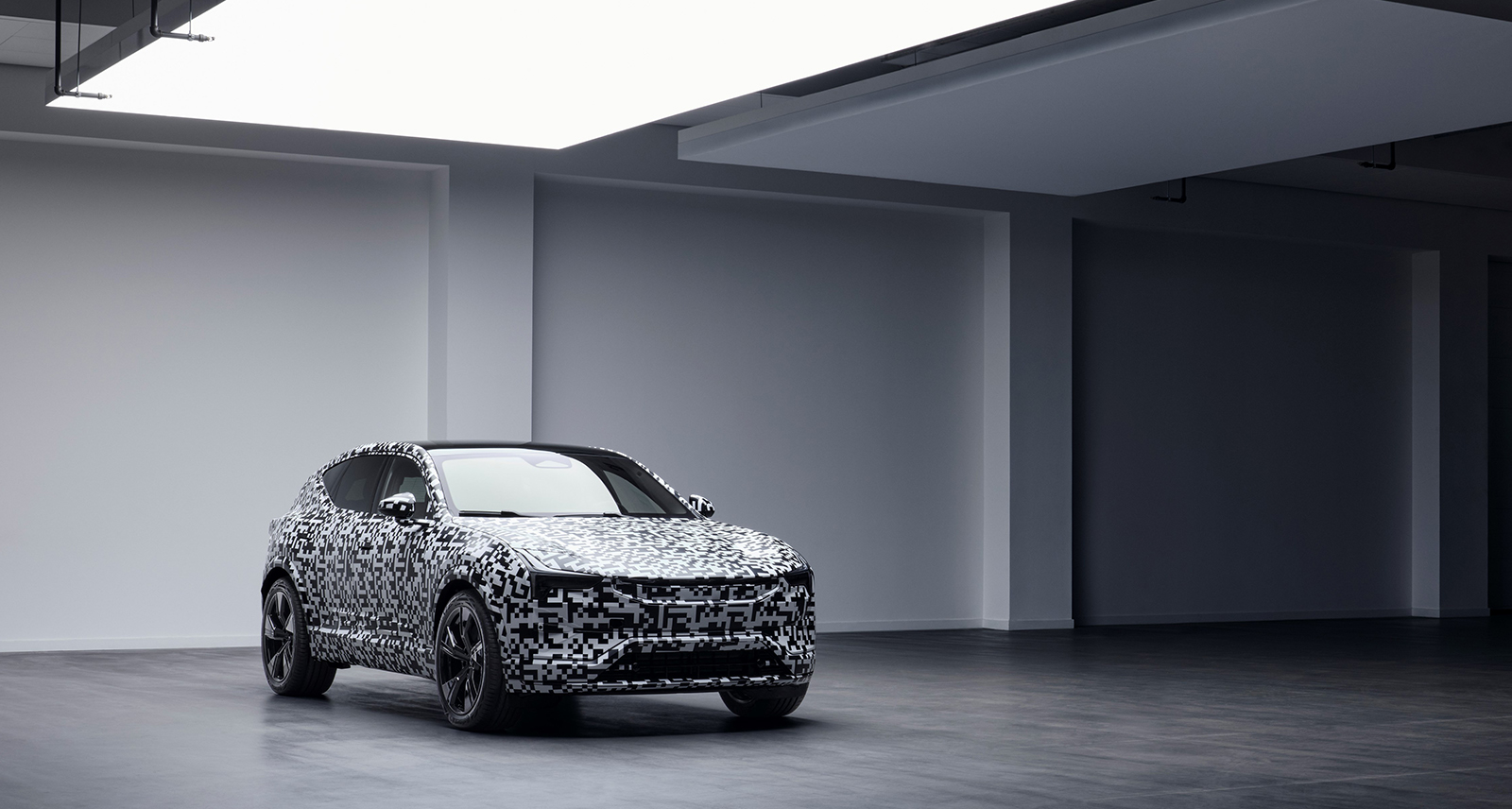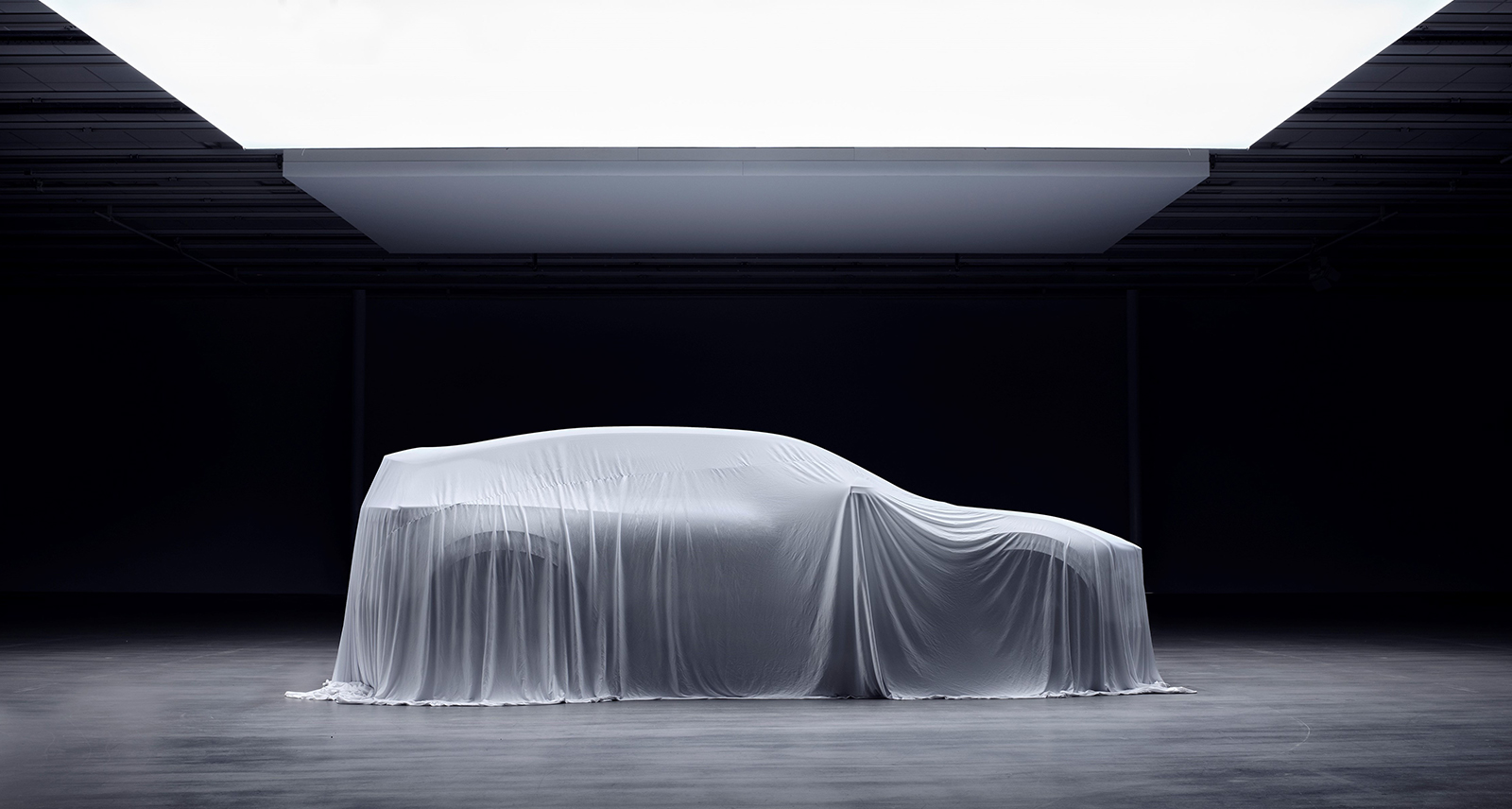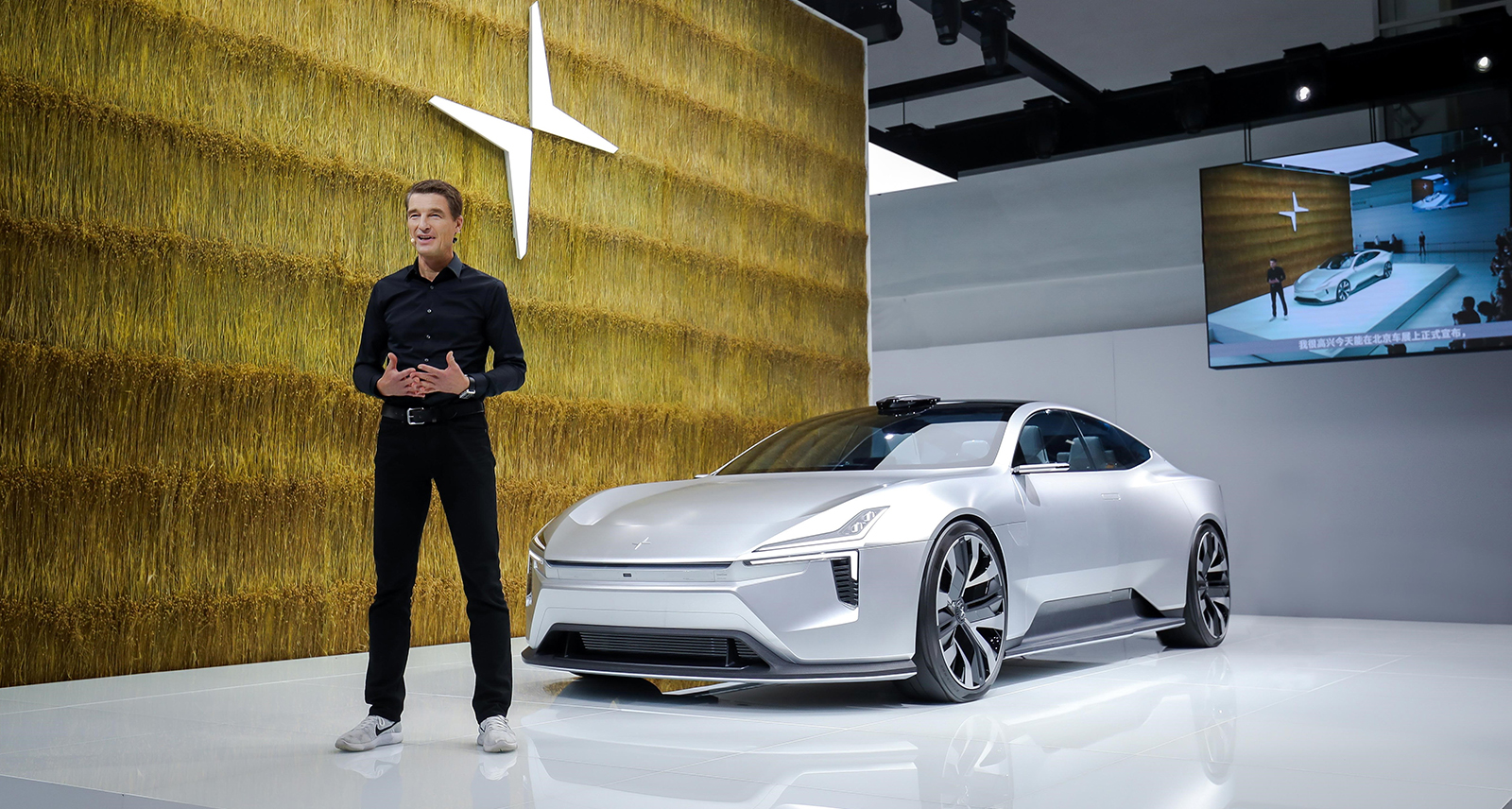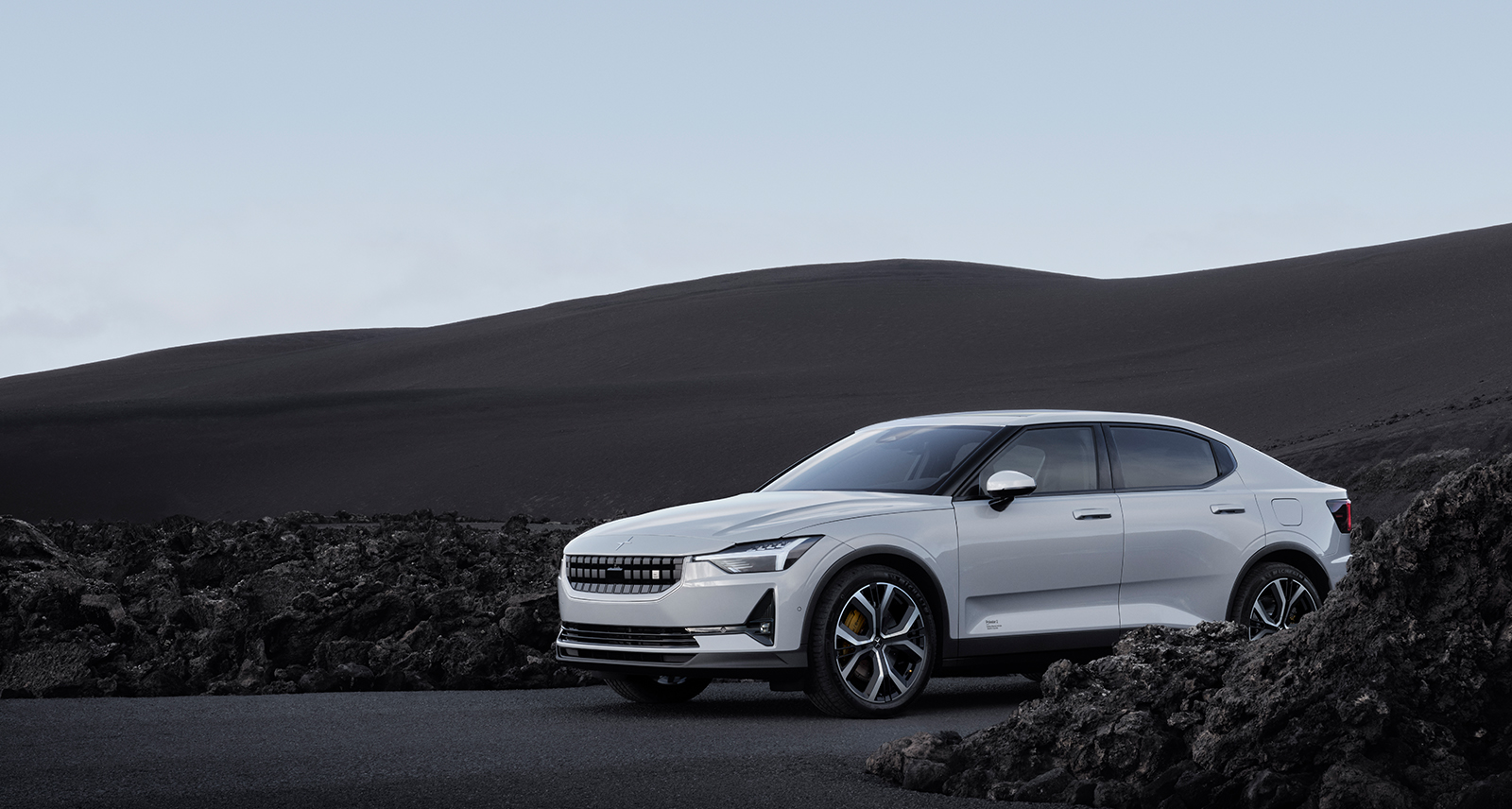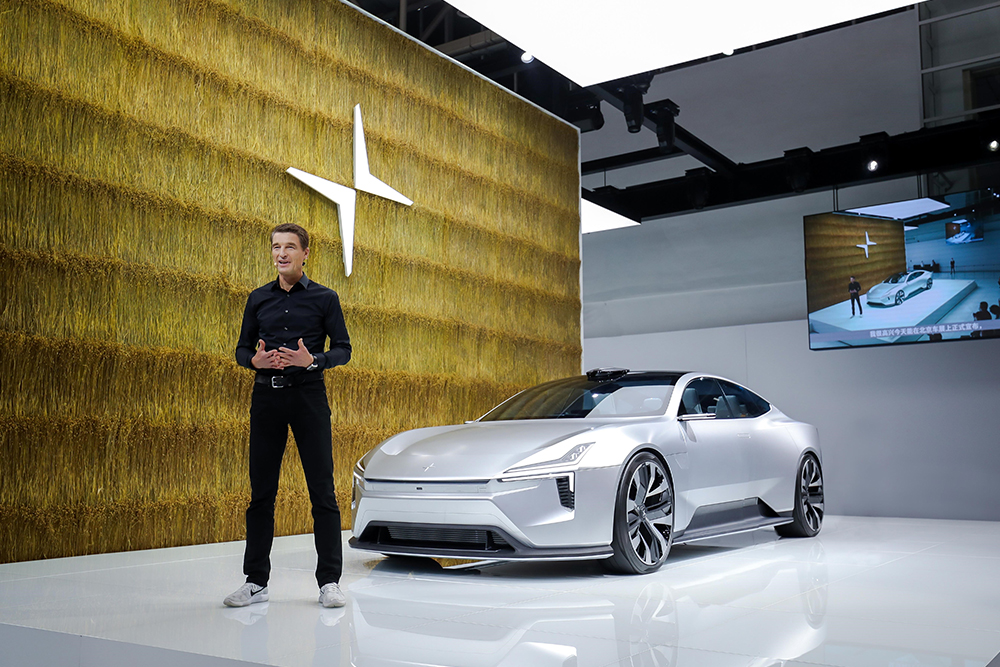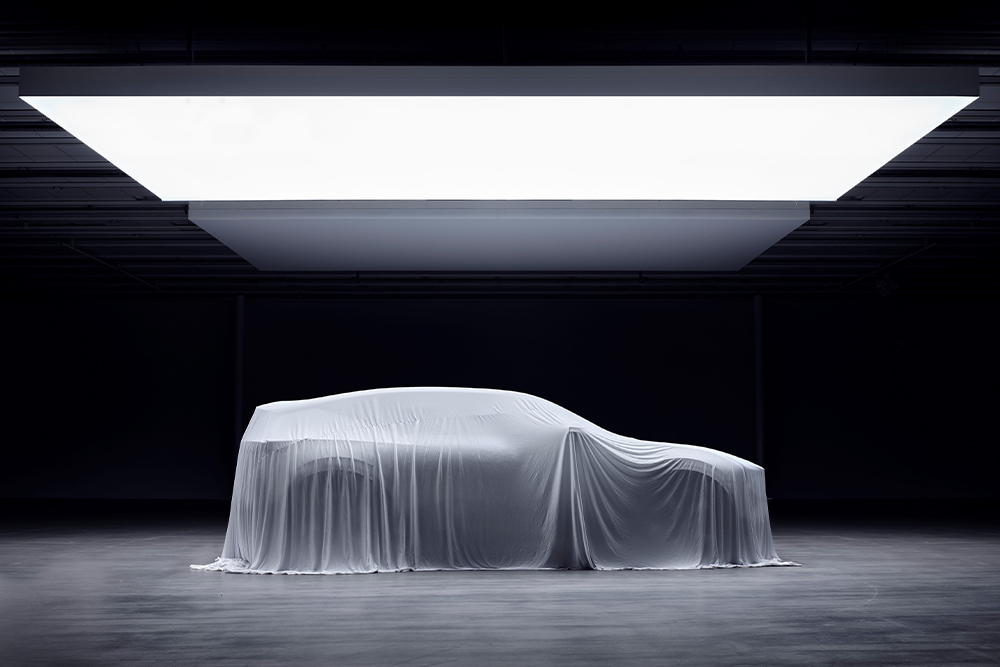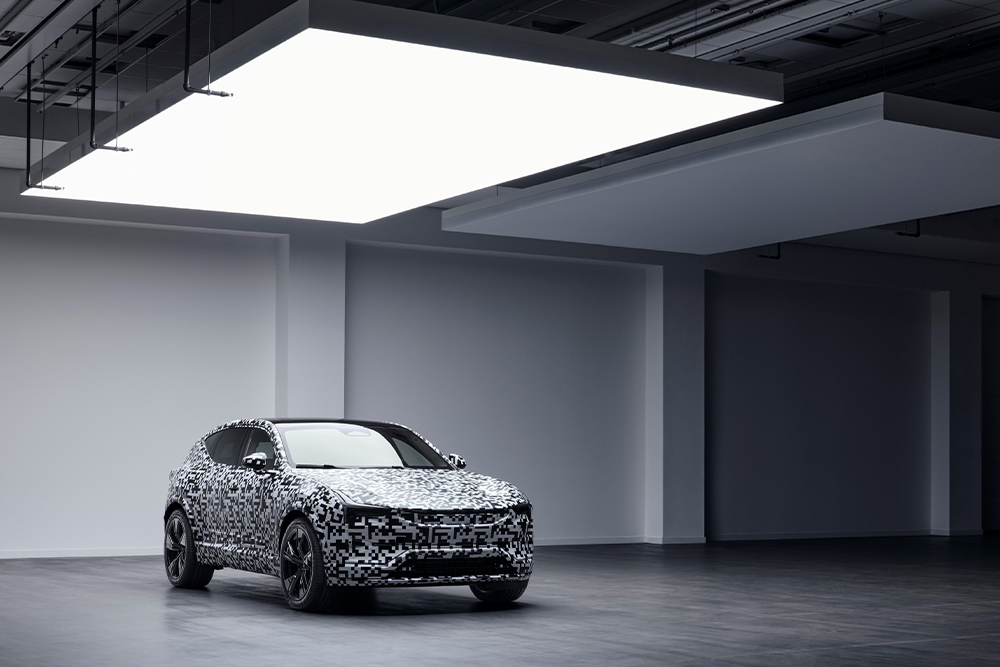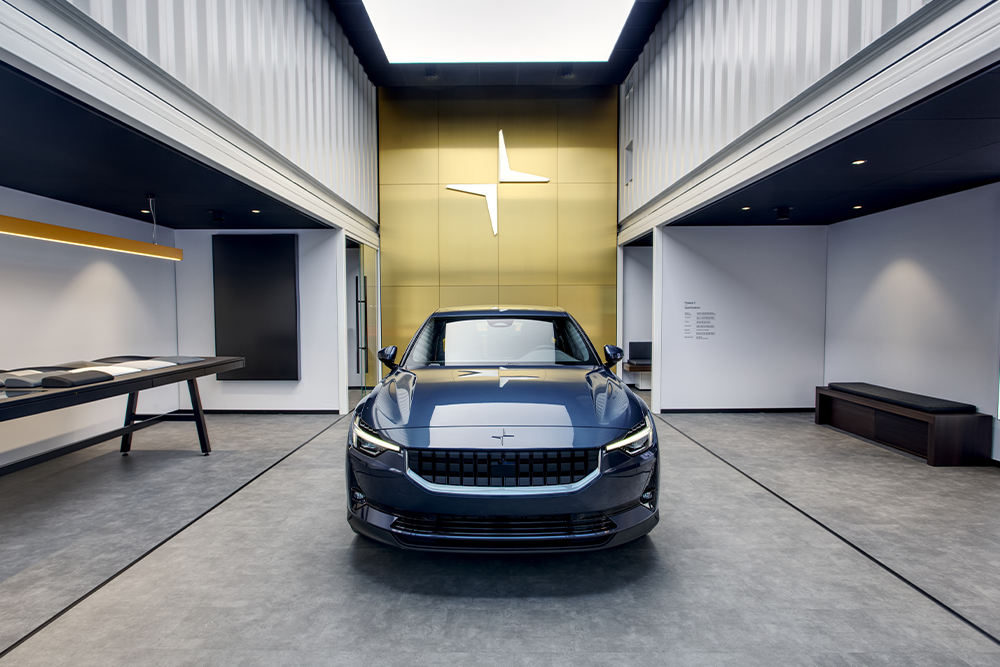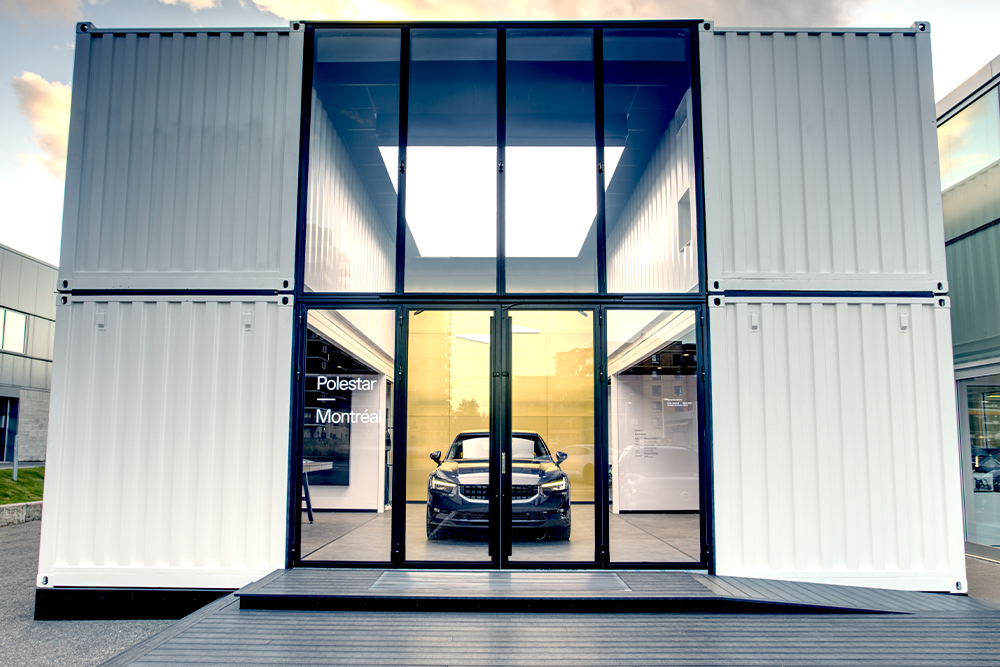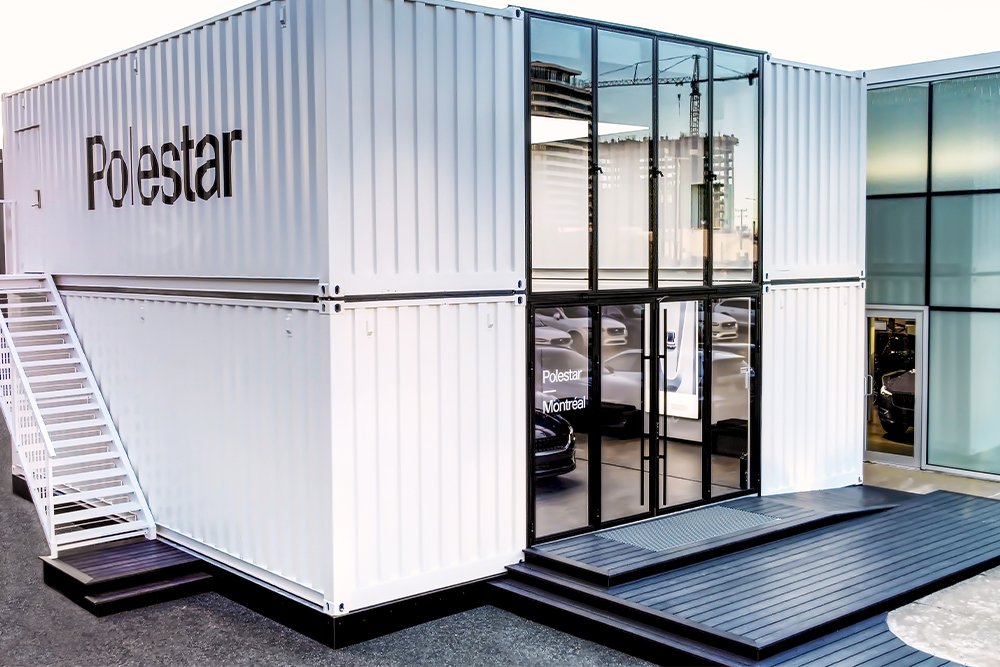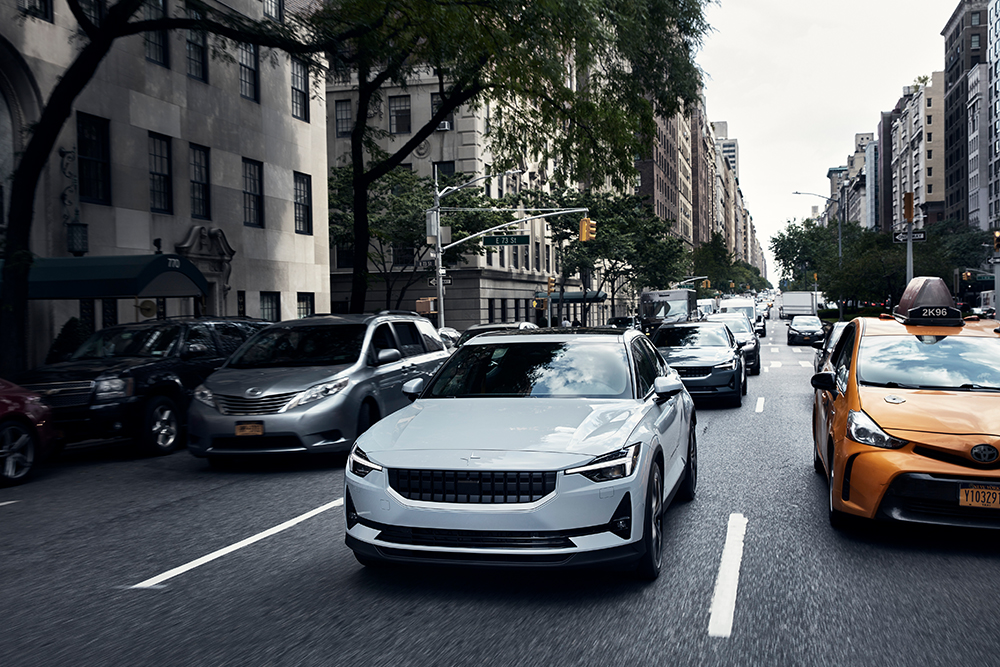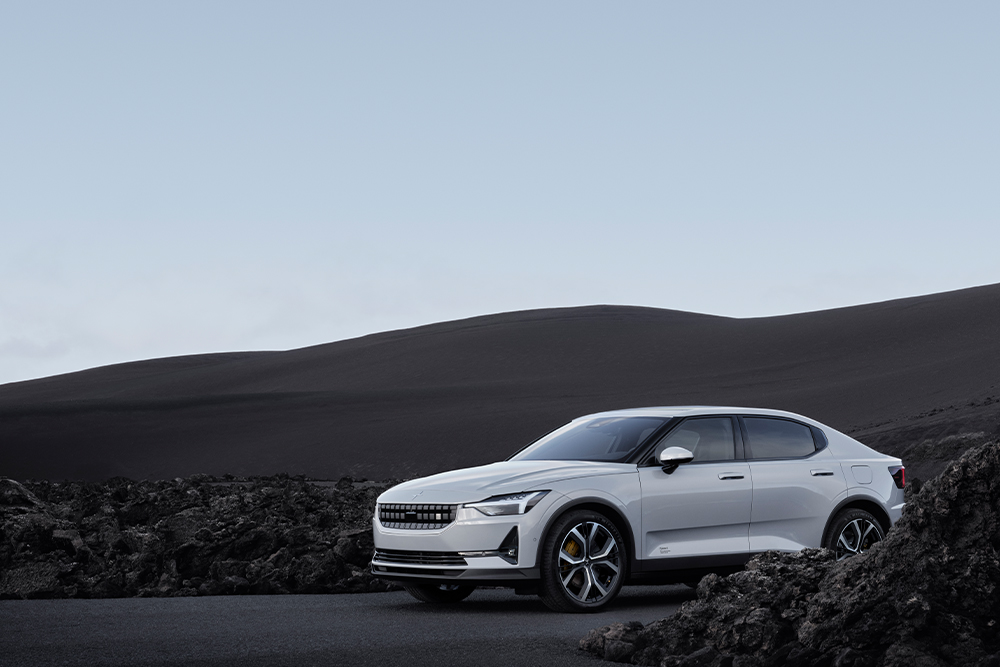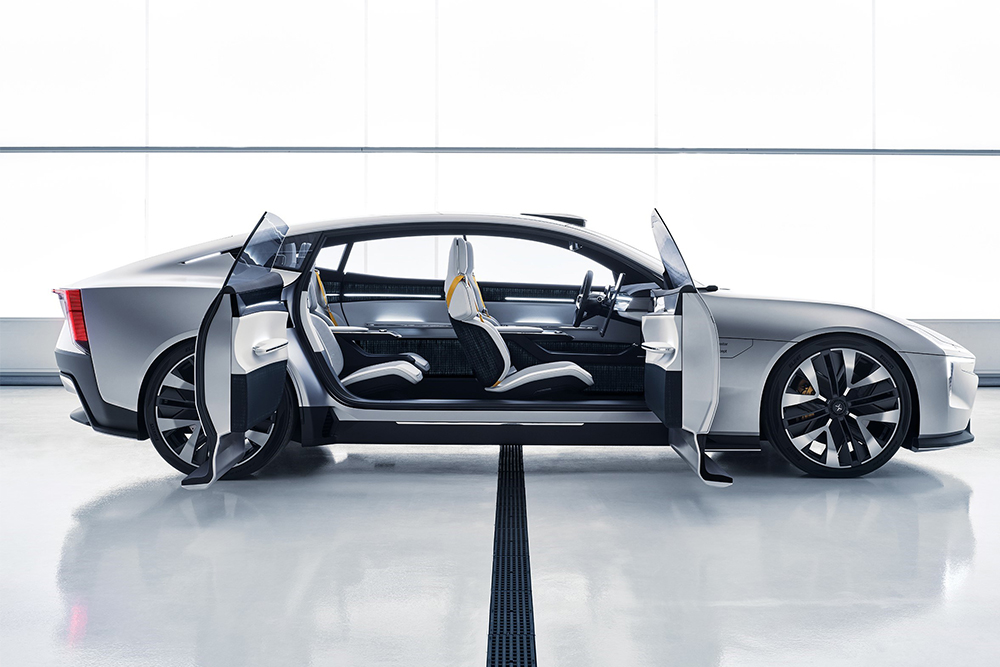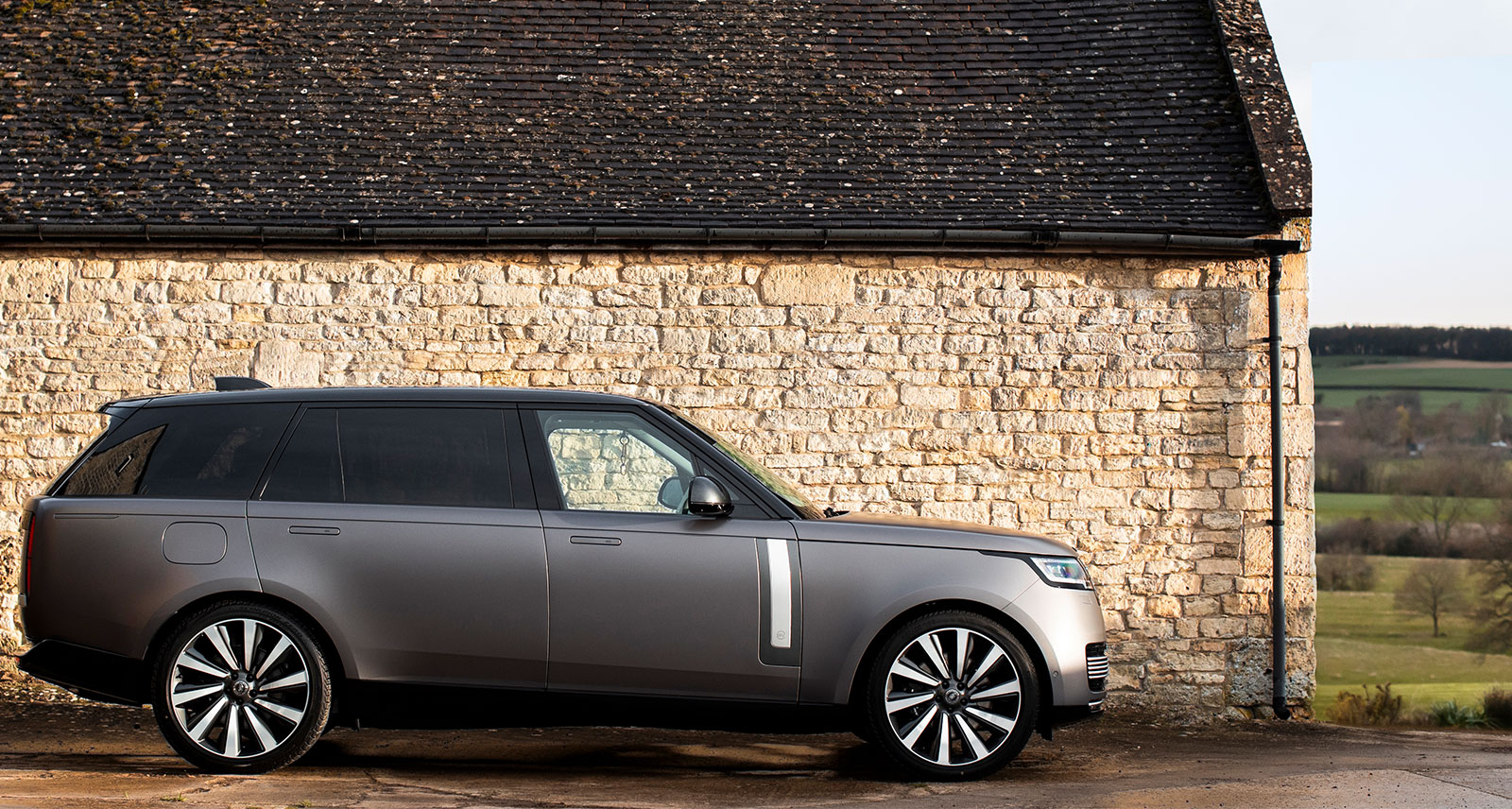Polestar Is Not-So-Quietly Telling Tesla and Porsche to Watch Their Backs
Polestar, our favourite Swedish electric car company, is gunning for its two biggest rivals, Porsche and Tesla, with a plan to launch three all-new models by 2025. The first one, the Polestar 3 SUV, is due in Canada sometime in 2022. Not only does the brand have eyes on profitability, it’s planning to ramp up sales from a mere 29,000 cars this year to 290,000 cars per year by 2025. The Swedes aren’t lacking ambition.
It’s no secret that Polestar has rapidly become one of the top EV brands to watch over the next few years. Both the Polestar 1 and Polestar 2 — the latter of which we recently reviewed — earn top marks for performance, design, and value, and recent announcements from HQ have offered up insight into what lays ahead.
Starting with the upcoming launches, the unsurprisingly named Polestar 3, 4, and 5 models are as much a testament to the luxury EV market as they are precision-focused attacks at Polestar’s two biggest rivals — Porsche and Tesla. The Polestar 3 is scheduled to hit the market by the end of 2022, and its size and stature are closely aligned with that of the Porsche Cayenne E-Hybrid and Tesla Model X, whose sticker prices float in the $95k to $132k price brackets. According to Polestar, the intent is for the 3 to come in quite close to the Porsche’s sub-$100k sticker. While details on the model are still relatively scarce, we do know that there will be both one and two-motor variants on offer, and that it will be equipped with Volvo’s lidar technology — the brand’s complex monitoring software that provides the basis for future autonomous driving capability.
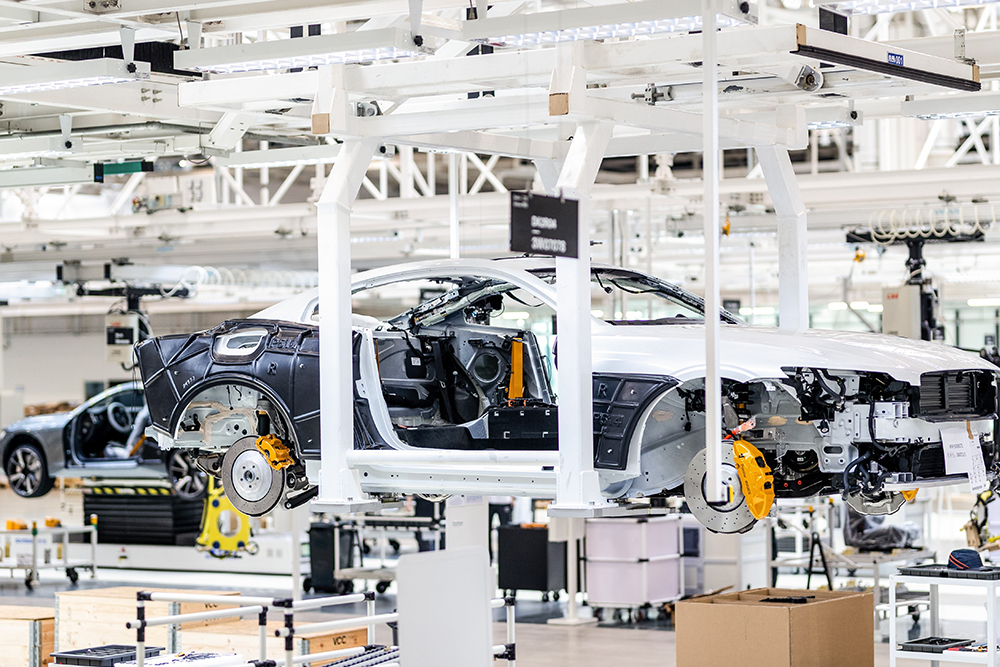
Looking at the Polestar 4, even less is known about what to expect. If Volvo’s teasers are any kind of indication (they often are), the Polestar 4 is once again a Porsche/Tesla rival in more compact form. Looking at the profile seen under cover, we’re looking at something along the lines of the Porsche Macan EV that’s scheduled to hit the market in 2023, and the Tesla Model Y that’s due out next year. Similarly to how the Polestar 2 was the more affordable entry point after the Polestar 1, we see this same pattern carrying forward with the smaller crossover model.
Finally, the Polestar 5 is looking to be more of a halo car for the brand than what came before it. No, we’re not talking about a wild and over-the-top EV supercar — at least not yet. The Polestar 5 will be based of of the sleek Precept concept that was unveiled by the brand in 2020; a car seemingly designed to go head to head with Porsche’s svelte Taycan EV. The performance-focused four door GT is in the calendar to launch in 2024, and if the Precept concept is to be a close indication of what to expect, we’re already salivating. There are many details that we’re quite fond of on the concept, including the pillar-less rear suicide doors. To date, no manufacturer has been able to solve the pillar dilemma when it comes to a production vehicle (for a full-sized rear door otherwise the BMW i3 counts), but we’re going to hold out faint hope on this one for the time being.
To give Polestar’s lofty goals a bit of context, Tesla’s sales volume didn’t reach 300,000 cars per year until 2018/19, roughly a decade after the brand made its first car. Polestar wants to churn out that many cars by 2025, just eight years after the launch of the Polestar 1. Granted, the financial backing of Geely (alongside new investment from the Gores Guggenheim SPAC) puts Polestar in a rather different position than Tesla was, but these are still impressive moves that we will be keeping closer tabs on.
No matter how you slice it, the next few years at Polestar are going to be as exciting as they will be nail-biting for those leading the charge. From a design, technology, and chassis engineering standpoint the brand continues to put its best foot forward, but the multi-million dollar question is whether or not the brand can spin that into volume sales. We certainly hope so, and if we were the betting type we would be betting on success over failure. That said, we’re looking at an industry known for throwing its share of curveballs. Either way, we’ll be along for the ride.
Learn more about Polestar here
